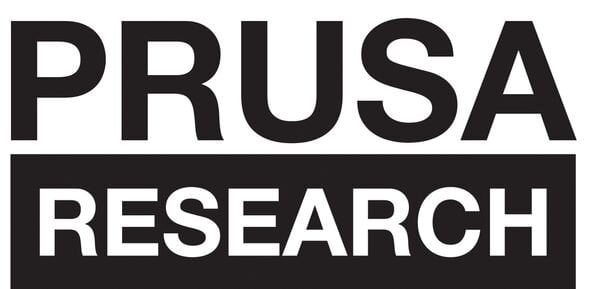![3D printing in 2020 is built on the experiences of all prior years [Source: Fabbaloo]](https://fabbaloo.com/wp-content/uploads/2020/05/image-asset_img_5eb08c2a899bf.jpg)
Let’s try to identify a few unusual things that just might happen in 2020 in the world of 3D printing and additive manufacturing.
Correct predictions are both hard and easy to achieve. It’s very difficult to pin down a specific event before it happens, but it is far easier to identify an ongoing trend and simply predict more of the same.
That said, I could easily predict that:
-
The overall price-performance ratio of new 3D printers will improve
-
We will see many more new and exotic 3D printing materials in 2020
-
Several 3D printer companies will emerge, merge, be acquired or shut down
-
The world’s first 3D printed house in 24 hours will be achieved yet again!
-
The cheapest 3D printer on sale will be at an even lower price
And so on. Those are easy. But what are some more specific things that might happen? I have some SWAGs (Scientific Wild-A** Guesses) here, and all of these have relatively low probability of occurring.
But they’re certainly interesting to think about.
Something Dramatic Happens With 3D Systems

I’ve been wondering about this company for a few years now. They did a dramatic change in management in 2016, and in 2020 that’s now four years in the past. In that time 3D Systems has managed to reorganize and cut expenses significantly, but this seems to have only maintained their financial position: ongoing quarterly losses.
Pressure from new competitors seems to be one of the main issues at 3D Systems, and they’ve been burning through their reserves for years because of that. They somehow have not managed to hit on a new product that has materially changed the situation.
As a result, I could see something dramatic happen at the company in 2020. It might be a change in management, it might be an acquisition or merger with another player, or perhaps they might be acquired by a larger entity wishing to enter the 3D printing business.
Prusa Introduces an Industrial 3D Printer

Prusa Research has built their operation by selling high quality DIY 3D printer kits to the public in huge numbers. It’s possible they are the largest (by units) maker of 3D printers on the planet today.
Their market has been primarily individuals, but could that change in 2020? Many of the other players in the industry have realized that the big money is in the professional and industrial markets, areas that Prusa Research has not targeted in a major way. At least not yet.
With their resources and expertise, it could be straightforward for Prusa Research to develop a product that is targeted at professionals or industry. We do know that they are working on a “stretch” version of their popular MK3 device (the “XL”), but what if it were equipped with a case, able to 3D print high temperature materials and include a standard factory control interface? That could open up new markets for the young company.
And what about their upcoming “farm mode” firmware for their Original Prusa MINI 3D printer? That could be leveraged into an option for factories to purchase huge quantities of MINIs, used as arrays of manufacturing devices. A properly organized form of that concept targeted at industry might also become a prime product for the Czech company later in 2020.
Stratasys Releases Their Metal 3D Printer
![[Source: Fabbaloo]](https://fabbaloo.com/wp-content/uploads/2020/05/image-asset_img_5eb08c2aed911.png)
Stratasys has been hinting at developing a metal 3D printer for at least a couple of years, but we have not seen a device yet.
They’ve been under considerable pressure from their sales network for a metal option, as their contract with Stratasys requires them to sell ONLY Stratasys products. With the burgeoning metal 3D printing market, they were left out of that boom. In a move to keep them satisfied, Stratasys did strike a deal with Desktop Metal to allow their resellers to sell that option.
But a better option for Stratasys would involve their very own metal 3D printer.
Maybe we will see it in 2020.
A Major Lawsuit Involving 3D Printer Safety Occurs
In the Wild West early days of desktop 3D printing, printer manufacturers did not really pay much (or any) attention to safety issues. Some vendors even marketed devices that literally could catch fire in commonly encountered situations, causing tremendous damage.
Since then we’ve all learned of new dangers in 3D printing that include the usual mechanical device cautions, but also the possibility of dangerous chemical emissions and toxic exposures. Since desktop 3D printers are being placed in schools, offices and homes rather that formal workshops that have proper safety regimes, it is the obligation of the 3D printer manufacturer to include sufficient safety features.
But in general those features are not present on today’s complement of 3D printing gear, particularly on the less-expensive devices typically purchased by schools and individuals.
At some point someone is going to have a very bad day as a result of these deficiencies and they could launch a significant lawsuit against the 3D printer manufacturer. If that lawsuit is successful, it will mark a milestone in 3D printing as manufacturers from then forward will seek to include the necessary safety features.
Could that happen in 2020?
Maybe. Maybe not.
And there are my far-out predictions for 2020, which probably won’t happen. What are your predictions for 2020?

